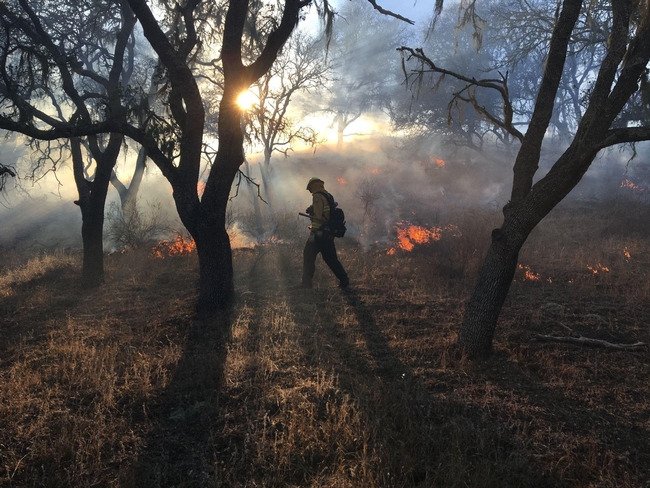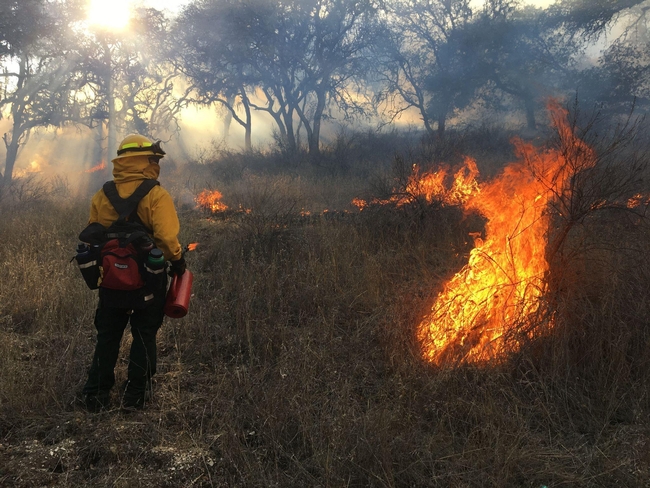Posts Tagged: training
UCCE offers water measurement training Sept. 13 in Salinas
California water-rights holders are required by state law to measure and report the water they divert from surface streams. For people who wish to take the water measurements themselves, the University of California Cooperative Extension is offering in-person training to receive certification on Sept. 13 in Salinas.
At the workshop, participants can expect to
- clarify reporting requirements for ranches.
- understand what meters are appropriate for different situations.
- learn how to determine measurement equipment accuracy.
- develop an understanding of measurement weirs.
- learn how to calculate and report volume from flow data.
The training is scheduled for 1 to 5 p.m. on Sept. 13 in the UC Cooperative Extension Conference Room at 1432 Abbott Street in Salinas.
“We are limiting the number participants for the water measurement training to 30 people per session,” said Larry Forero, emeritus UC Cooperative Extension livestock and natural resources advisor. “If you need this training, please register soon.”
Pre-registration is required and the fee is $30. To register, visit https://surveys.ucanr.edu/survey.cfm?surveynumber=43495. If you have questions, email Forero at lcforero@ucanr.edu or Sara Jaimes at sbjaimes@ucanr.edu, or call (530) 224-4900.
Public invited to observe prescribed fire training June 4-9
The Monterey Bay area will host part of the first California Central Coast Prescribed Fire Training Exchange, or Cal-TREX.
Fire practitioners from across the state, greater North America and international locations (Spain, Honduras, Costa Rica, Ecuador) are gathering for a Prescribed Fire Training Exchange on June 3-10.
The training is hosted by the Central Coast Prescribed Burn Association, which empowers the public to build a culture of “good fire” and helps private landowners conduct prescribed burns in Monterey, San Benito and Santa Cruz counties.
Prescribed burns will be open for the public to observe on various days throughout the training, most likely June 4-9, depending on the weather. Please see the CCPBA webpage for updates on upcoming burns: http://calpba.org/centralcoastpba.
Prescribed Fire Training Exchanges (TREX) first came to Northern California in 2013, and have made a dynamic, positive cultural shift concerning prescribed fire, within both regional fire services and the general public. These “good fire” TREX events have drawn significant attention, especially in the context of more severe wildfire seasons.
After months of cross-organizational cooperative planning, participants in the weeklong training will be burning a mix of grassland, oak woodland and shrub vegetation types, and make a lasting, positive change concerning “good fire” on the Central Coast.
The TREX will provide experiential training opportunities to advance regional prescribed fire capacity, while also enhancing research to better understand the ecological response of wild plant and animal species following fire.
At this TREX event, participants will learn how to safely conduct prescribed burns in various vegetation types across three counties. Along with multiple prescribed burns, the weeklong program will include lectures and seminars on local fire ecology of plant and animal species, tribal burning practices and burn planning led by multiple burn bosses and other experts.
Burn locations may include the Nyland property (owned by Trust for Public Land and San Benito Agricultural Land Trust) near San Juan Bautista, the Santa Lucia Conservancy near Carmel Valley and the Kechun Village (owned by the Nason family) in Arroyo Seco.
Be advised, while the CCTREX works closely with the Monterey Bay Air Resources District (MBARD) to assure good smoke dispersal, smoke may be seen and present in these areas during and after a burn. Please see the CCPBA webpage for updates on upcoming burns: http://calpba.org/centralcoastpba.
BurnBot, a new technology featuring a mobile burn chamber, remote-controlled mastication and fire drone systems, will be used for the prescribed burn on June 4. To observe the Nyland burn on June 4, register at https://bit.ly/CCPBApublicRxfire. Details including time and directions will be emailed to registered participants.
Participants and partners include members of the Amah Mutsun Tribal Band and the Esselen Tribe of Monterey County, University of California Agriculture and Natural Resources, Resource Conservation District of Monterey County, CAL FIRE, local land trusts, scientists, ranchers, students, researchers, land managers and others. The CCPBA is funded by two CAL FIRE wildfire prevention grants.
For more information, contact Jamie Tuitele-Lewis, fire fuel mitigation program and forest health coordinator, at jtlewis@rcdmonterey.org or Barb Satink Wolfson, UC Cooperative Extension area fire advisor, at bsatinkwolfson@ucanr.edu.
How a Praying Mantis Seizes the Day
If you're a praying mantis, it's important to start the day out right by meditating, praying, and exercising. Close your eyes and...
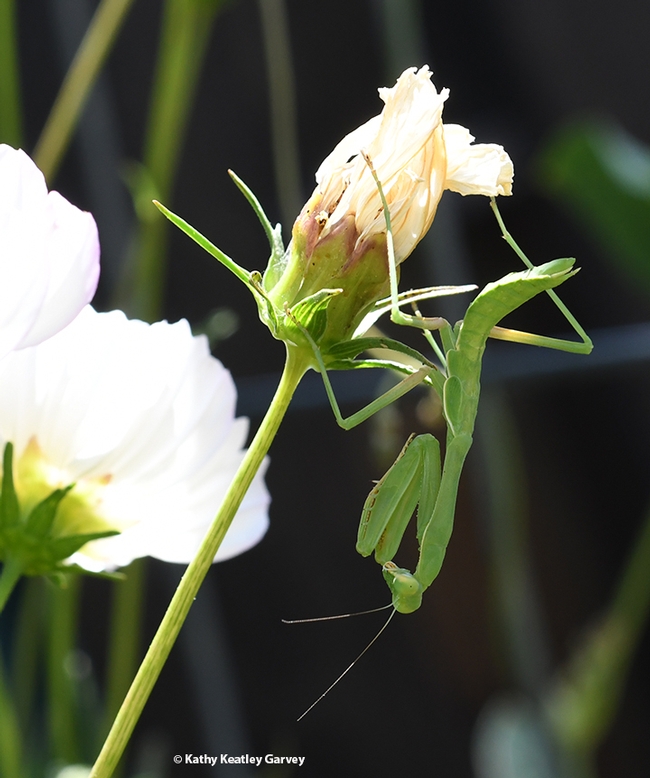
A female Stagmomantis limbata nymph starts the day by hanging upside down: keeps the blood flowing and the heart pumping. (Photo by Kathy Keatley Garvey)
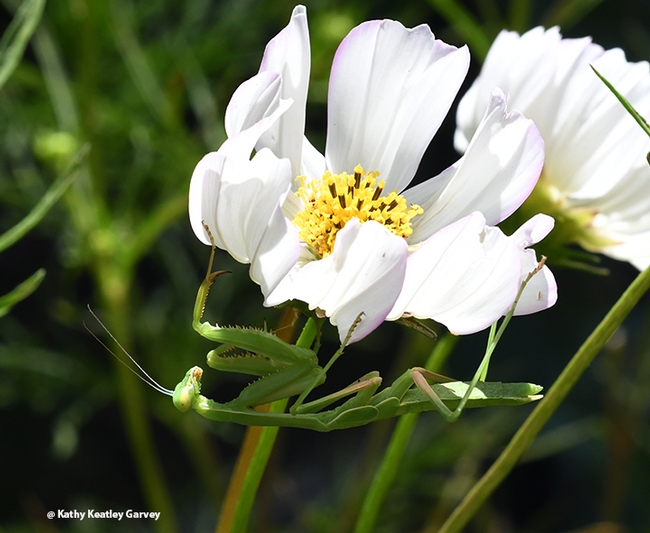
Balance training? Turn parallel as if you're on the parallel bars. (Photo by Kathy Keatley Garvey)
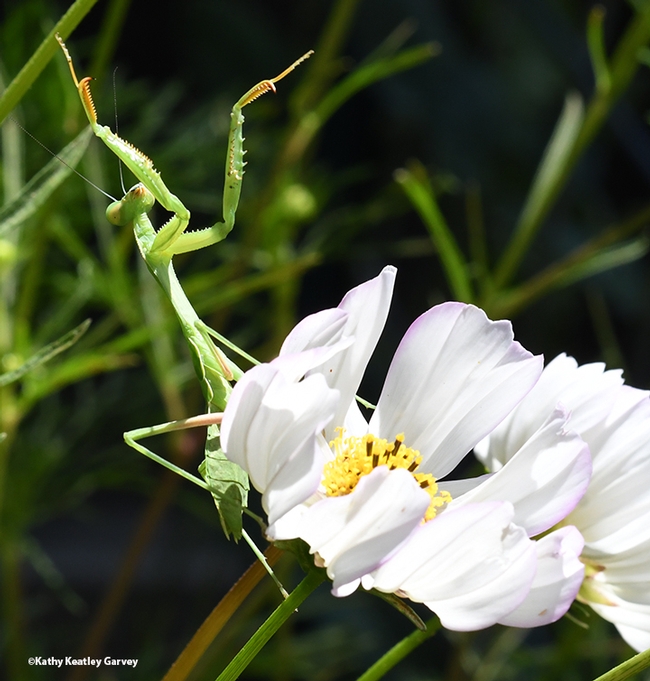
Stretching is a great way to kick-start your day. (Photo by Kathy Keatley Garvey)
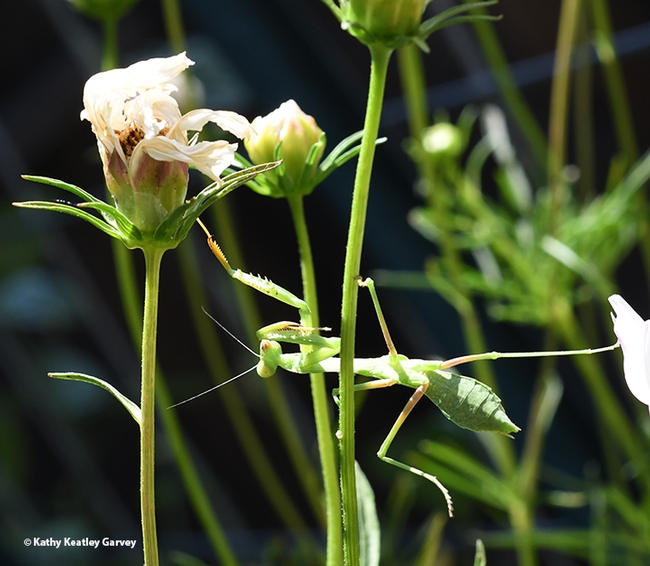
Lunges are good to make sure your coxa, trochanter, femur, tibia and tarsa are flexible. (Photo by Kathy Keatley Garvey)
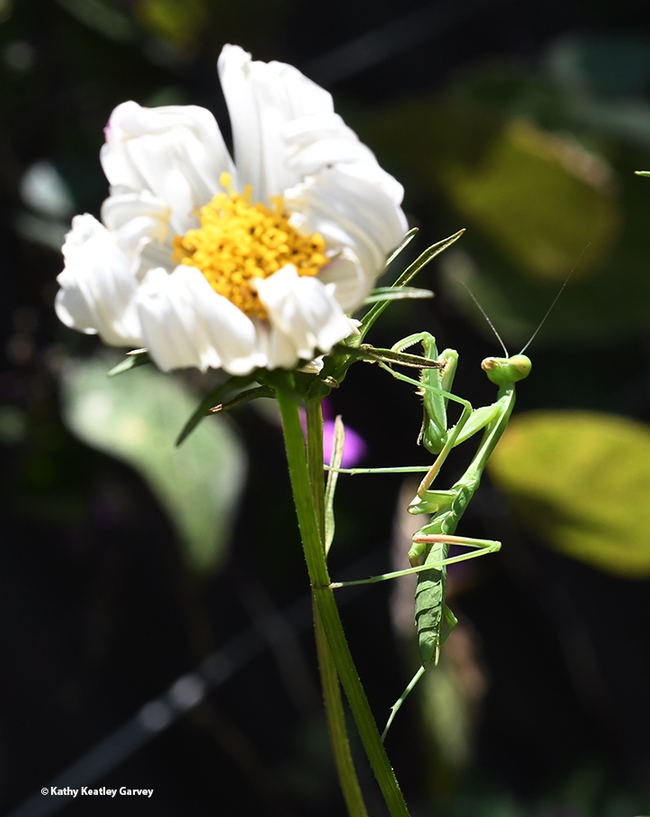
Daily morning exercise completed. Now turn upright and you may see a bee coming your way. (Photo by Kathy Keatley Garvey)
Year Round IPM Programs – New Tutorials Available
Useful resources: On-line training for Year Round IPM...
Become a Master Gardener
It's just about that time of year again. The Master Gardener Program will start recruiting new people to be a part of the 2013 Master Gardener Training class. In about a month, I will have the online applications ready for interested Solano County residents to apply.
The Master Gardener training class will begin in January, but there are a few steps before a person is seated as part of the training. First, the application will be completed and turned in by October 31, 2012. Once the applications are received, I will call and make interview appointments with the potential trainees. These interviews will happen from November 5-9. There will be a panel of 2-3 current Master Gardeners and myself who will do the interviewing. After the interviews are completed, the class will be picked. Space is limited, so we will take approximately 20-25 new trainees.
There will be an orientation in mid-December, and after that, the new trainees will show up for their first class in January 2013.
The class fee is $125.00, which includes receiving your CA Master Gardener Handbook, Pests of the Landscape Trees and Shrubs book, class materials/handouts, fingerprinting, and your official name badge, once you successfully complete the final exam.
The training class will meet every Friday from 9:00 a.m. until 1:00 p.m. They start early January and go through April. There is a final exam, which is open book-open note-open resource, at the end of the training class and then a graduation ceremony about a week later.
Each class is a stand-alone, so if you miss one class, you can be left behind very quickly. The instructors are packing into 4 hours of lecture, what a horticulture student might learn in a semesters worth of instruction for that particular topic.
Once a trainee has completed their final successfully, they are considered a certified Master Gardener and are then allowed to volunteer in the community-that is when the real fun begins!
If you have any questions, email me at jmbaumbach@ucdavis.edu.
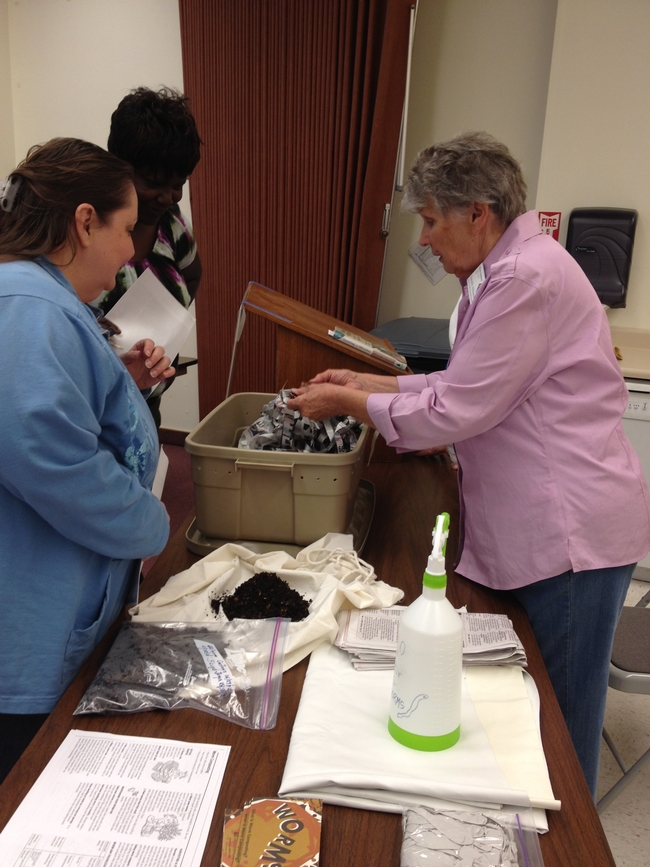
New Master Gardener Danielle talks with residents about worms and worm composting. (photos by Jennifer Baumbach)
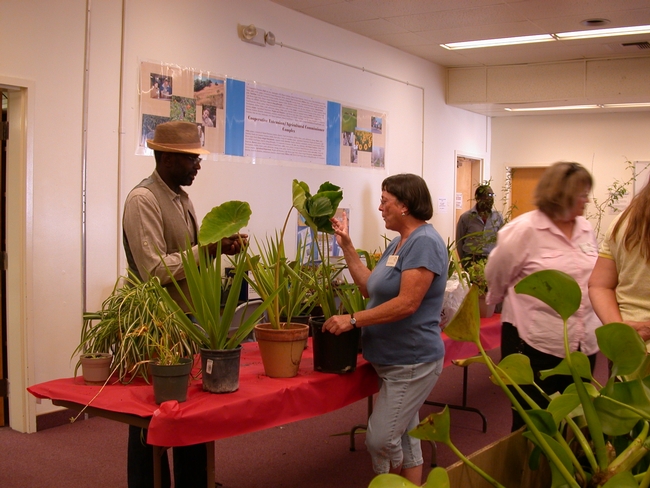
MGs Steve and Judy discuss a plant at our annual Public Plant Exchange.

MGs Kris and Mollie doing a spring cleanup at our Children's Garden in Fairfield.



